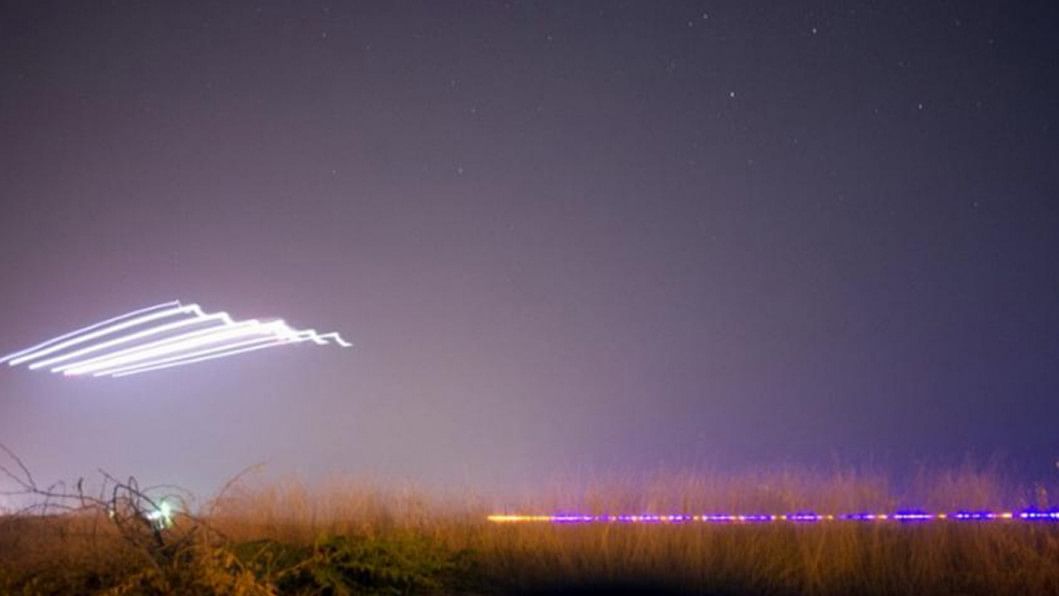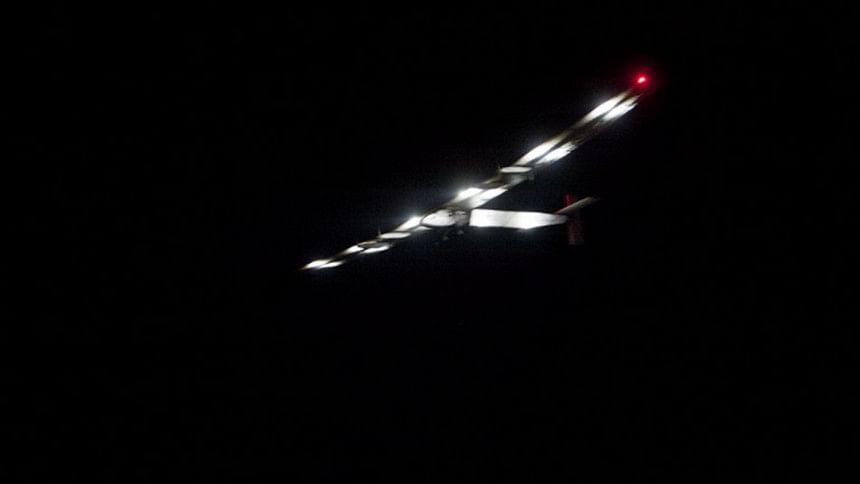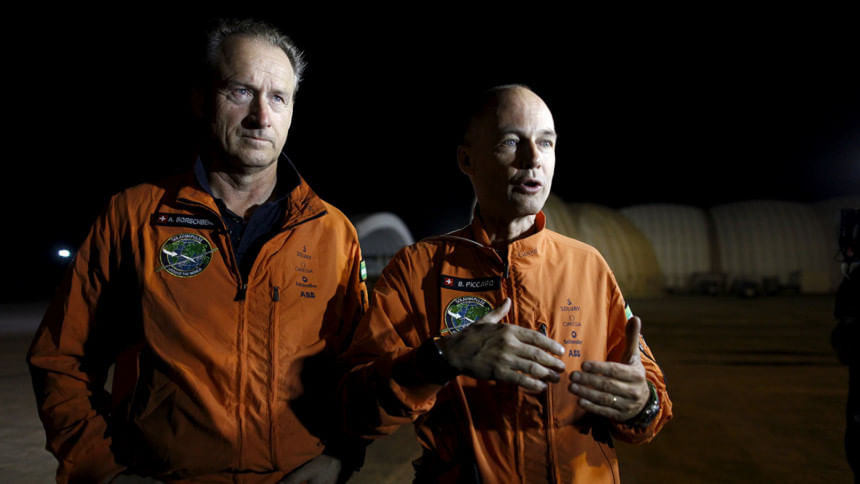Solar Impulse plane leaves Myanmar for China

Solar Impulse, the fuel-free aeroplane, is up in the air again on the fifth leg of its round-the-world flight.
The vehicle, with Bertrand Piccard at the controls, left Mandalay in Myanmar (Burma) just after 21:00 GMT on Sunday, and is heading for Chongqing in China.
Exclusive shots of @bertrandpiccard's takeoff in #Mandalay with #Si2 at 9:06PM UTC! Track the flight #LIVE ... https://t.co/2XDa0pnOam
— SOLAR IMPULSE (@solarimpulse) March 29, 2015
The intention is to make a brief stop there, and then try to reach Nanjing on the east coast of the country.
This would set up Solar Impulse for the first of its big ocean crossings - a five-day, five-night flight to Hawaii.
Mission control will not make a decision on the Nanjing leg until late on Monday.
The decision may rest on the state of the energy reserves held in the plane's batteries.
China's air traffic authorities would like the team to start the sixth leg before dawn. But if the reserves are marginal then Solar Impulse will be held in Chongqing until the batteries can be charged.

The problem with this scenario is that poor weather is forecast in the Chongqing region in the coming days, and if Solar Impulse does not leave straightaway, it could be delayed for perhaps a week.
Solar Impulse took off from Mandalay International Airport in darkness at 03:36 local time, Monday (21:06 GMT Sunday). Leg five is long one - about 1,375km - and is expected to take roughly 19 hours.
It would see Solar Impulse landing around midnight local time at Chongqing Jiangbei International Airport.
It is 20 days since the venture got under way from Abu Dhabi.
The Swiss-based project expects the circumnavigation of the globe to be completed in a total of 12 legs, with a return to the Emirate in a few months' time.
Bertrand Piccard is sharing the flying duties in the single-seater plane with his business partner, Andre Borschberg.

In the past month, Solar Impulse has set two world records for manned solar-powered flight.
The first was for the longest distance covered on a single journey - that of 1,468km between Muscat, Oman, and Ahmedabad, India.
The second was for a groundspeed of 117 knots (216km/h; 135mph), which was achieved during the leg into Mandalay, Myanmar, from Varanasi, India.
No solar-powered plane has ever flown around the world.
And now officially in China! So much work to make this moment possible and so many great collaborations with China! pic.twitter.com/t43VQLzZ0m
— Bertrand PICCARD (@bertrandpiccard) March 30, 2015
The Solar Impulse venture does however recall some other recent circumnavigation feats in aviation - albeit fuelled ones.
In 1986, the Voyager aircraft became the first to fly around the world without stopping or refuelling.
Piloted by Dick Rutan and Jeana Yeager, the propeller-driven vehicle took nine days to complete its journey.
Then, in 2005, this time was beaten by the Virgin Atlantic GlobalFlyer, which was solo-piloted by Steve Fossett.
A jet-powered plane, GlobalFlyer completed its non-stop circumnavigation in just under three days.
Solar Impulse has a wingspan of 72m - bigger than that of a 747 jumbo jet airliner - but only weighs 2.3 tonnes.
Some clouds under #Si2 during its #Flight5 to #Chongqing! Follow it #LIVE on http://t.co/JIj9tHK6hl! pic.twitter.com/4LV6vB4EIw
— SOLAR IMPULSE (@solarimpulse) March 30, 2015
Its four propellers are dependent on the electricity from 17,000 solar cells that line the top of the wings.
During the night, the props' motors must call on the excess energy generated and stored during the day in lithium-ion batteries.

 For all latest news, follow The Daily Star's Google News channel.
For all latest news, follow The Daily Star's Google News channel. 



Comments